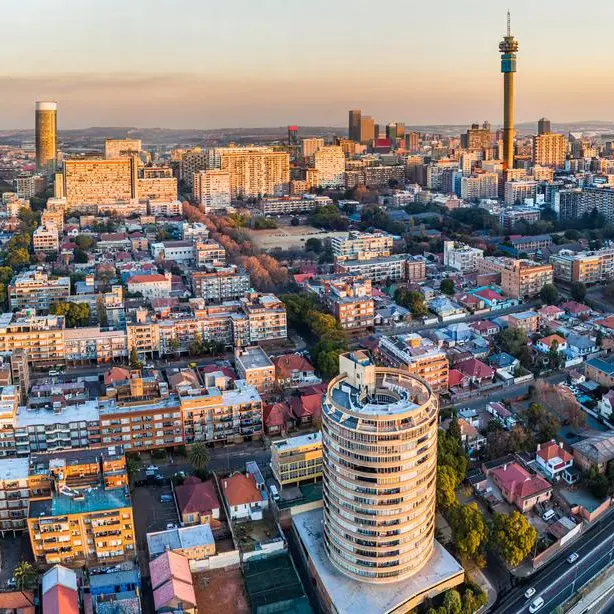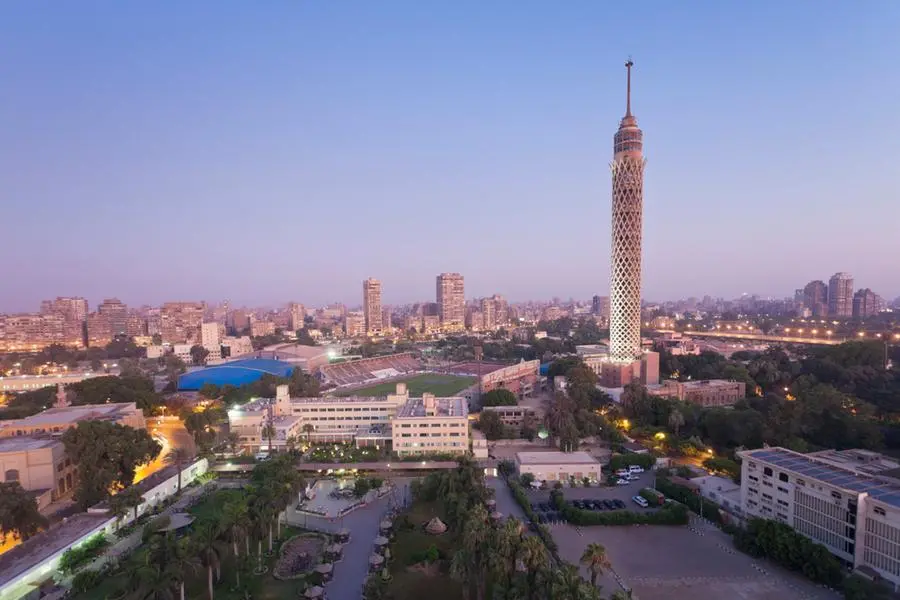PHOTO
The National Bureau of Statistics (NBS) has disclosed that 4,792,296 Nigerians, representing 5.4 percent
under the working-age population were unemployed in the year 2023.
The NBS Director of Communications and Public Relations, Sunday. J Ichedi who stated this in a press statement on Tuesday in Abuja, added that women accounted for 52 percent of this population, with men at 48 percent.
In the publication of the 2023 Annual and Q1 2024 Nigeria Labour Force Survey (NLFS) results, the NBS noted that 116.6 million, representing 53.8 percent of the total population, are in the working age group.
The NBS said the working-age population in the year 2023 was 116.6 million, representing 53.8% of the total population. Women accounted for 52% of this population, with men at 48%.
The annual Labour Force Participation rate was 76.3%, equivalent to 88.9 million individuals. Bauchi State recorded the highest participation rate at 92.3%, while Ekiti State had the lowest at 63.4%.
On employed population, the NBS said of the total working-age population in 2023, 84.1 million individuals were employed, including 20.6 million persons between the ages of 15 and 24.
Employment-to-population ratio: In 2023, the national employment-to-population ratio was 72.2%, with rural areas (77.3%), significantly outperforming urban areas (68.7%). Bauchi State had the highest employment-to-population ratio at 88.4%, while Rivers State recorded the lowest at 55.7%. By sex, the EPR was 73.7% for males and 70.7% for females.
Informal Employment: In 2023, 77.6 million individuals, were engaged in informal employment, accounting for 92.2% of the employed population. Kano State had the highest number of informal workers, with about 5.2 million individuals engaged in informal employment, followed by Lagos State with 4.6 million people (excluding agriculture).
Unemployment rate: The headline unemployment rate at the national level was 5.4% in 2023. At the state level, Abia recorded the highest unemployment rate at 18.7%, while Nasarawa had the lowest at 0.5%.
Unemployment by Educational Status: In terms of educational attainment, the unemployment rate was highest at 9.4% among persons with post-secondary education. This was followed by those with secondary education at 6.7%, and those with primary education at 4.1%. The rate was lowest for those with no formal qualification at 3.2%.
Underemployment: National time-related underemployment stood at 11.1%, with 8.3% for men and 13.4% for women. Plateau State had the highest time-related underemployment at 33.9%, while Nasarawa recorded the lowest at 0.3%.
Youth not in employment, education, or training (NEET rate): The Youth NEET rate was 15.6%, with Abia State recording the highest NEET rate at 38.1% and Zamfara State the lowest at 4.5%.
Highlights of Q1 2024 Labour Force Survey showed that in Q1 2024, the labour force participation rate among the working-age population declined to 77.3% in Q1 2024, from 79.5% in Q3 2023.
Employment-to-population ratio: The employment-to-population ratio was 73.2% in Q1 2024. This is a decrease of 2.4 percentage points compared to a ratio of 75.6% in Q3 2023.
The ratio in urban areas was 69.5% and 78.9% in rural areas in Q1 2024. This is a decrease in the ratio compared to the 71.1% and 80.7% in Q3 2023, respectively.
Wage employment: The proportion of workers in wage employment rose to 16.0% in Q1 2024, a 3.3 percentage point increase from 12.7% in Q3 2023. By gender, 20.1% of males were in wage employment, compared to 12.1% of females. Wage employment was also higher in urban areas, at 21.8% than in rural areas, where it stood at 8.1%.
Unemployment rate: The unemployment rate increased to 5.3% in Q1 2024, from 5.0% in Q3 2023. By place of residence, the rate was 6.0% in urban areas and 4.3% in rural areas for Q1 2024.
Unemployment by Educational Status: Unemployment based on educational attainment shows that the unemployment rate among persons with post-graduate education was 2.0%, 9.0% among those with post-secondary education, 6.9% for those with secondary education, and 4.0% among those with primary education in Q1 2024.
Youth Unemployment: The unemployment rate among youth aged (15-24 years) was 8.4% in Q1 2024, a decrease of 0.2% compared to Q3 2023 (8.6%).
Underemployment: Time-related underemployment in Q1 2024 was 10.6%, showing a decrease of 1.7% from the rate of 12.3% recorded in Q3 2023.
Youth not in employment, education, or training (NEET rate): The percentage of youth not in education, employment, or training (NEET rate) was 14.4% in Q1 2024, showing a 0.7 percentage point increase from 13.7% in Q3 2023. The results also showed a higher NEET rate among females at 15.9%, compared to 13.0% for males in Q3 2023.
Number of Hours Worked: Nationally, 1.5% of employed Nigerians spent between 1-9 hours in a week, 4.8% spent between 10-19 hours in a week, approximately 25% worked between 20-39 hours, 22% between 40-48 hours, and the 46% worked 48hours and above in a week.
Copyright © 2022 Nigerian Tribune Provided by SyndiGate Media Inc. (Syndigate.info).























